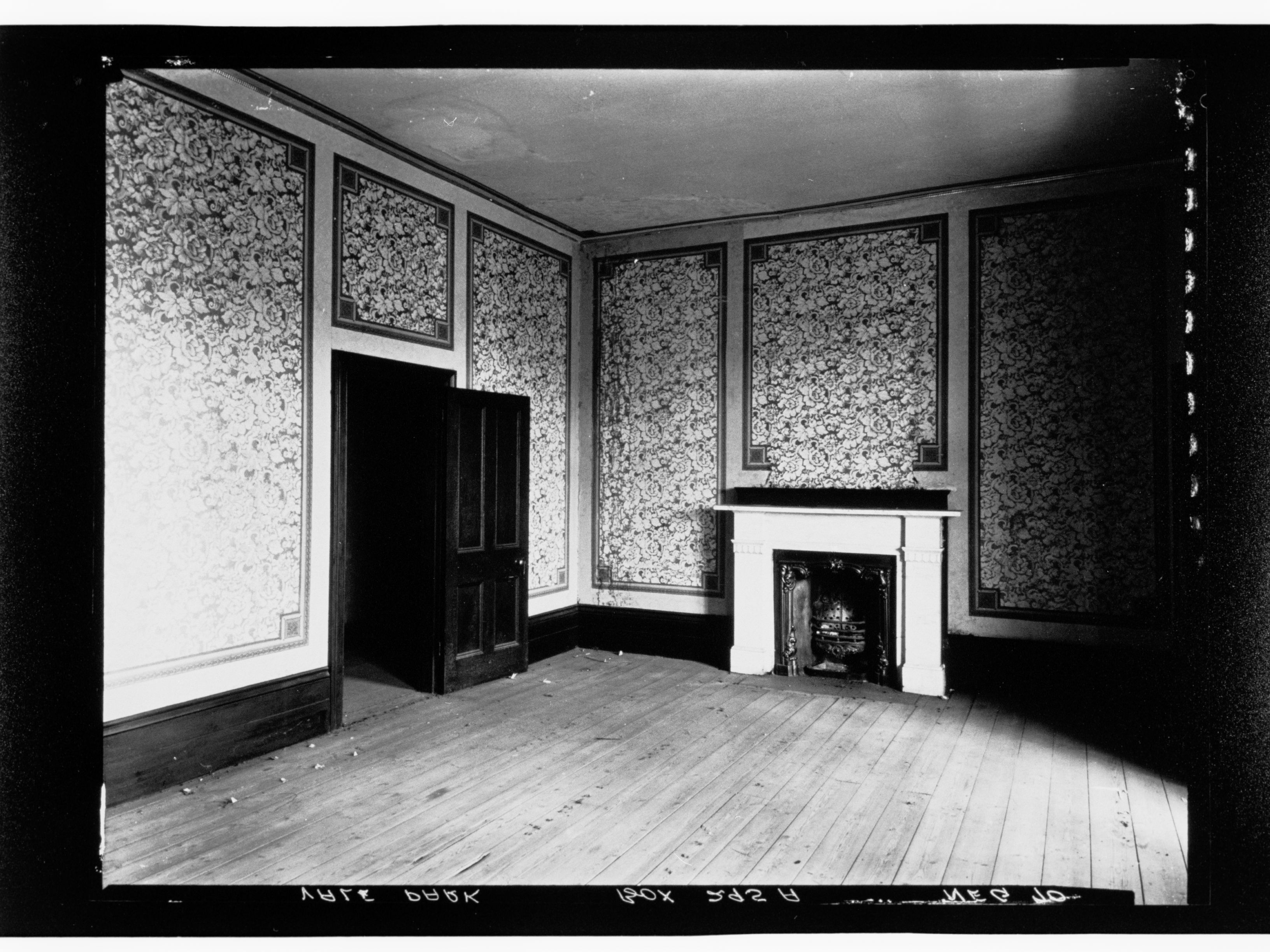One cannot overstate the importance of good posture for an ergonomic writing habit, as I recently discovered while extending my ambidexterity to handwriting. (Ergonomic: ergo, meaning therefore, and nomic, meaning in the nature of a gnome – viz. you’ll end up wizened like a gnome if you don’t do it properly).
Of course, no sooner had I schooled myself in the Right and Proper way of positioning one’s assorted body parts while writing, than I discovered endless examples of those who were doing it in a Wrong and Improper way. Especially in art. Let us consider a collection of these Improprieties.
But first – and at intervals throughout, to keep your eye in – let me show you someone doing it right. (Note: nearly all these writers are writing with their right hands. For greater left-handed representation, hold a mirror up to the screen.)
The Lady Writing a Letter is sitting up straight – neither leaning on her desk nor slumping in her chair (though I am prepared to believe her corsetry is assisting in this respect). Her upper arm is in line with her torso, and her lower arm is at approximately 90 degrees to her upper arm, and to her torso. Her arm rests gently on the paper, but her hand is not dragging at the page.
This girl is demonstrating the problem of bending over one’s page: it becomes impossible to keep one’s arms at the right angles, and they begin to stick out like chickens’ wings.
Continue & Comment



